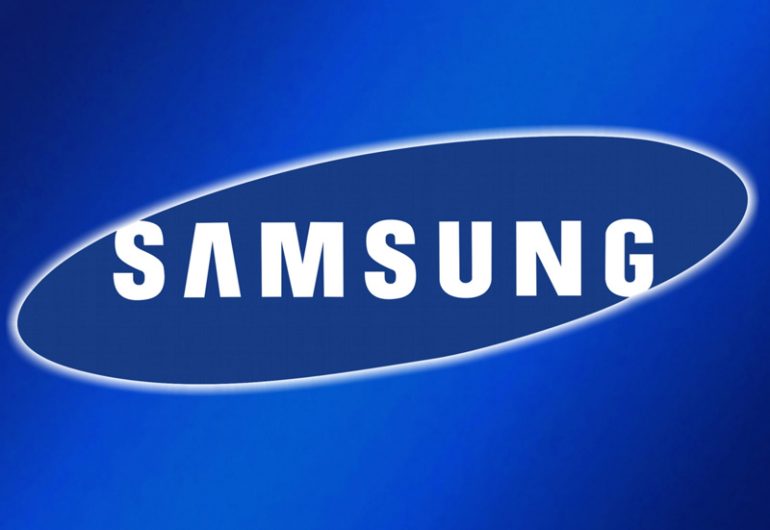Samsung has started the mass production of the industry’s first 3-bit 3D V-NAND flash memory that will be used in future solid-state drives. In simple words this means that upcoming SSDs will use 3-bit multi-level-cell (MLC) three-dimensional (3D) Vertical NAND (V-NAND) flash memory.
“With the addition of a whole new line of high density SSDs that is both performance- and value-driven, we believe the 3-bit V-NAND will accelerate the transition of data storage devices from hard disk drives to SSDs,” said Jaesoo Han, Senior Vice President, Memory Sales & Marketing, Samsung Electronics. “The wider variety of SSDs will increase our product competitiveness as we further expand our rapidly growing SSD business.”
The new memory is the second generation of Samsung V-NAND memory with the first one being introduced in August 2013. The new memory utilizes 32 vertically stacked cell layers per NAND memory chip. Each chip provides 128 gigabits (Gb) of memory storage. Each cell is electrically connected to a non-conductive layer using charge trap flash (CTF) technology. Each cell array is vertically stacked on top of one another to form multibillion-cell chips.
The main reason for the usage of the second generation memory is that it sharply raises the efficiency of memory production. Compared to Samsung’s 10 nanometer-class 3-bit planar NAND flash, the new 3-bit V-NAND has more than doubled wafer productivity.
The mass production of the new 3-bit 3D V-NAND memory will expand the market adoption of V-NAND memory to SSDs suitable for general PC users and will efficiently address the high-endurance storage needs of most modern servers.
Source: Samsung
